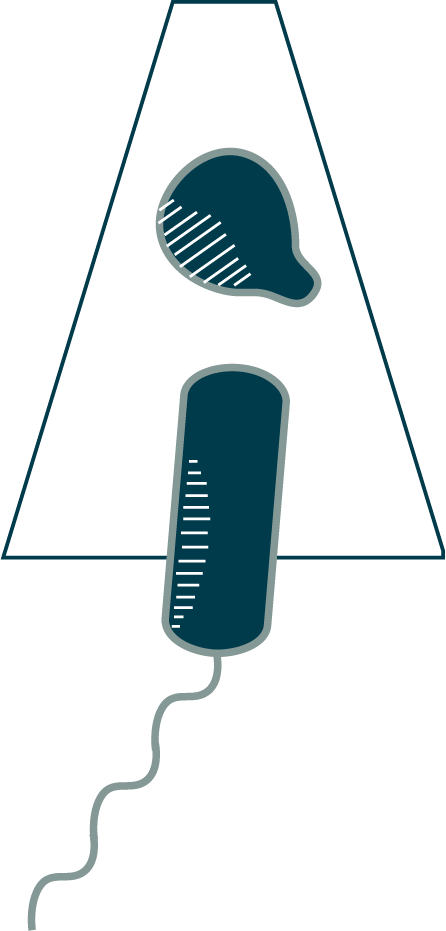The type V secretion system is a minimal machine: a channel formed by several copies of one protein (CdiB) in the outer membrane secretes another protein, CdiA. Or rather, it secretes part of it. The first half of CdiA forms the rigid stick you see extending from the cell. The second half loops back to keep the toxin domain at the end of the protein sequestered in the periplasm, awaiting secretion. The tip of the stick (which is the middle of the protein) contains the domain that recognizes and docks to the receptor pore on the target. When it bumps into a neighboring cell and locks on to the receptor, the rest of CdiA is secreted and delivers the toxin into the other cell like a tetherball [84]. (You can watch the full animation of this process on YouTube). Animation by Janet Iwasa.


